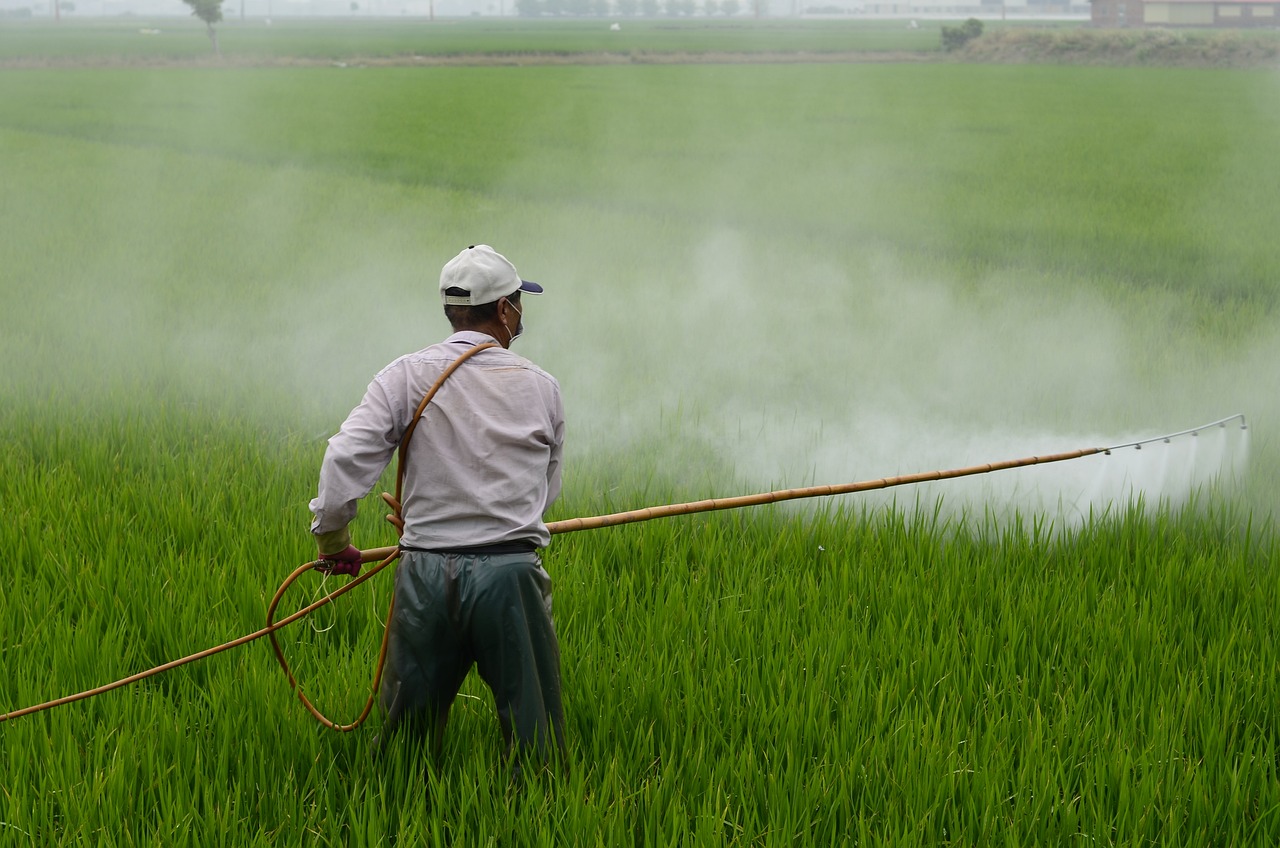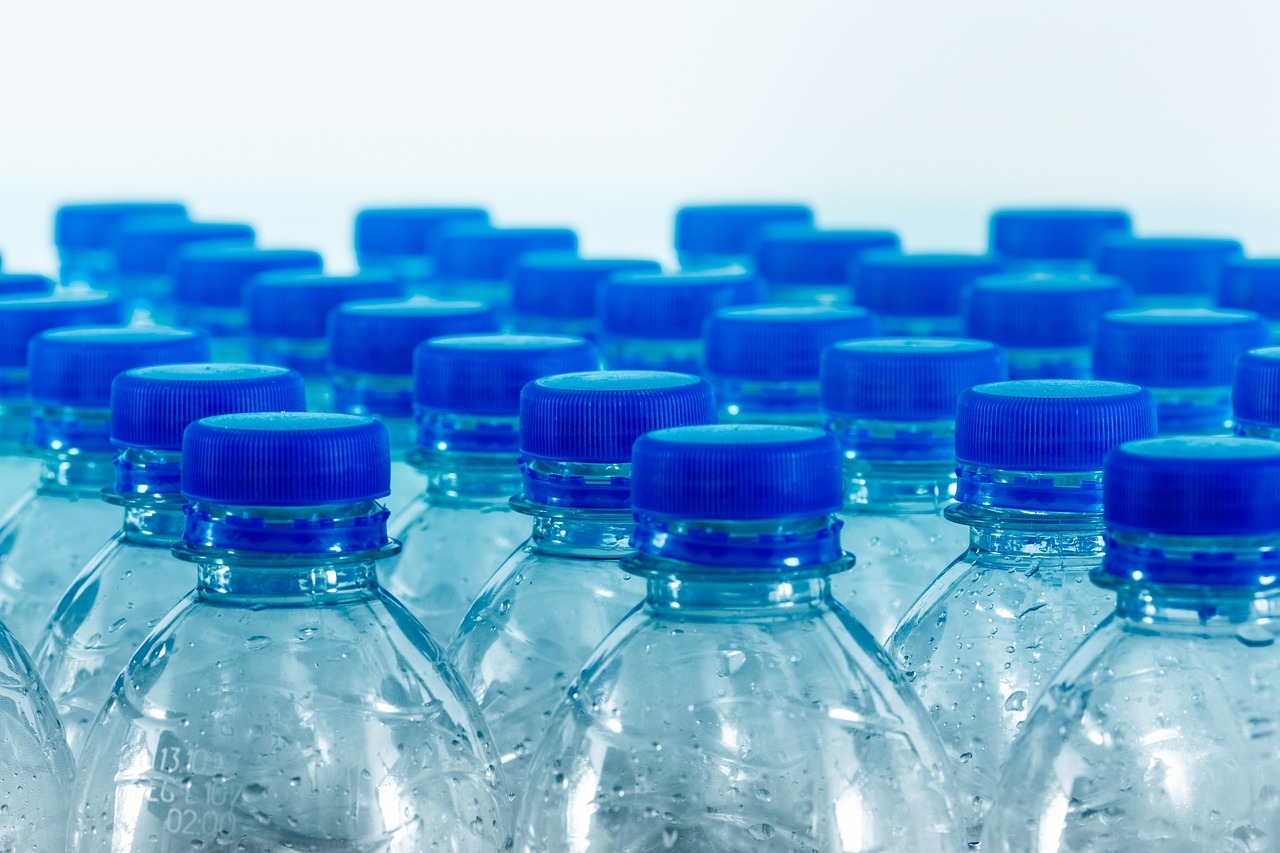Lead is a toxic metal that poses damaging effects on human health when exposed to it through lead contaminated food, air and water leading to lead poisoning. This in turn leads to accumulation of lead in the body which affects the reproductive, haematological, cardiovascular, gastrointestinal and renal systems.
Why Lead in Paint
Lead paint is a significant source of lead exposure. This is because lead paint is a widespread, low-level source of lead exposure found in many contexts, like in homes, schools, on toys and children’s playground equipment, or from occupational exposure.
Children are the most affected by the harmful effects of lead poisoning as they are easily exposed from objects such as toys, deteriorating lead paint from walls, doors, windows and contaminated soil. Children absorb lead at higher rates as compared to adults resulting in irreversible health effects that affect development of the brain and nervous system. This leads to children experiencing lower IQ, decreased ability to pay attention and underperformance at school.
Objectives
This program aims to achieve the following objectives:
- Identifying gaps in policy and regulatory frameworks to phase out lead in paint.
- Improving the capacity to regulate and monitor the use of lead in paint.
- Supporting multi-stakeholder platforms to promote the elimination of lead in paint.
Achievements
CEJAD’s 2013 assessment study and report on presence of lead in household decorative paints
and associated risks to children, informed and influenced the government to develop
mandatory standards that limit lead content in paints to 90 parts per million.
CEJAD received an award during the 10th Commemoration of the 10th International Lead Poisoning Prevention Week of Action in Kenya for active participation in the Elimination of Lead Paint over the years.
Publications






